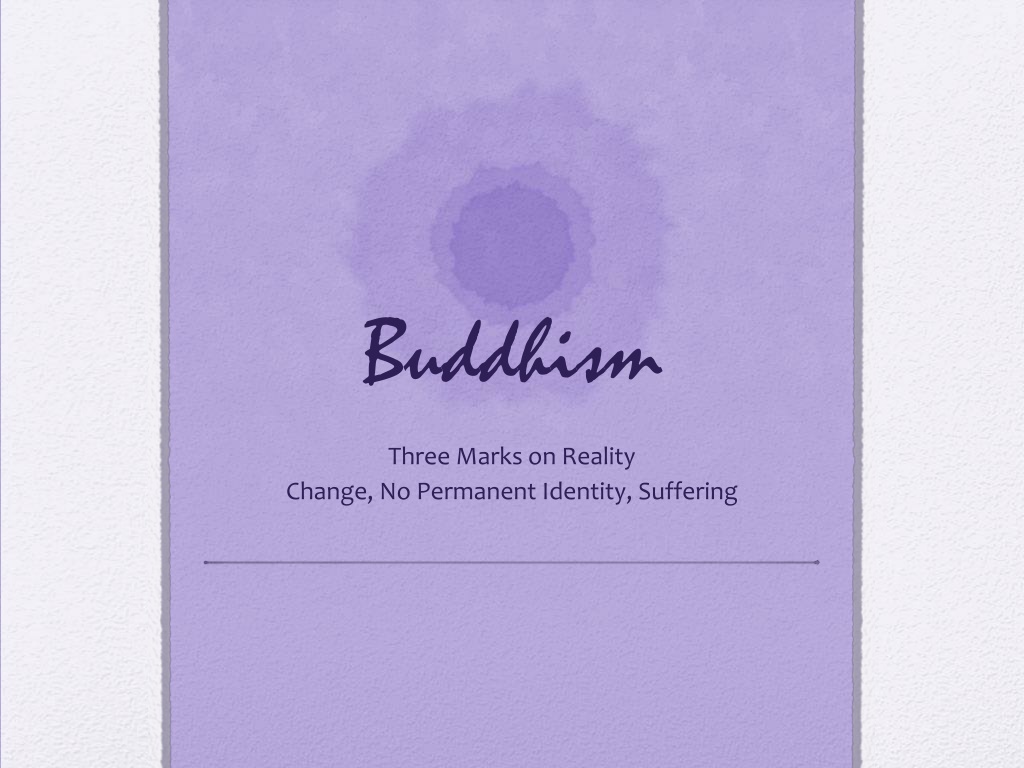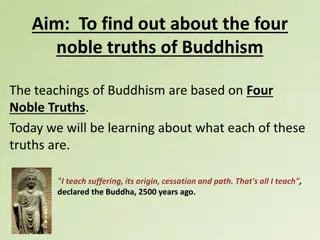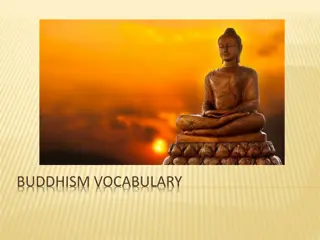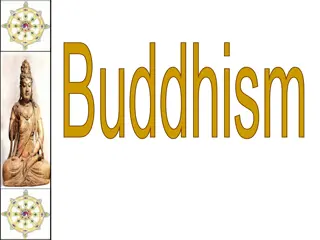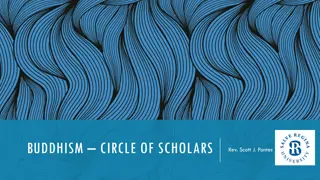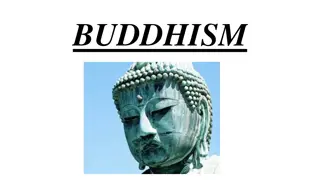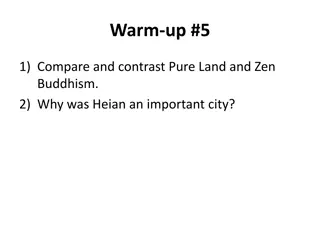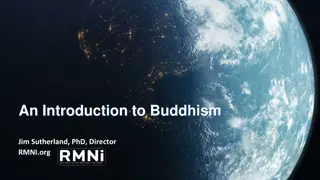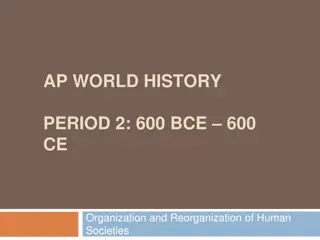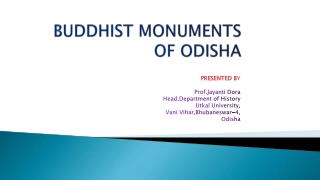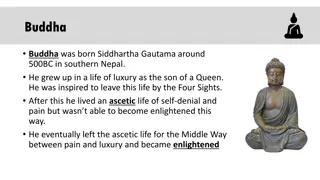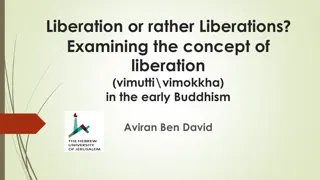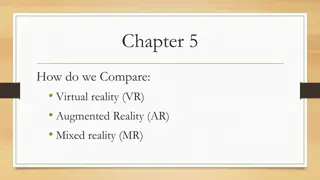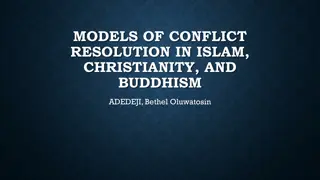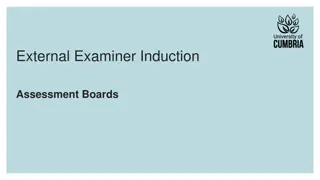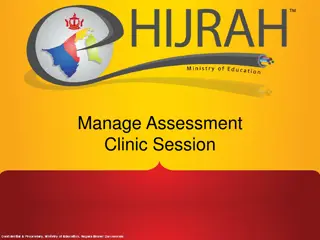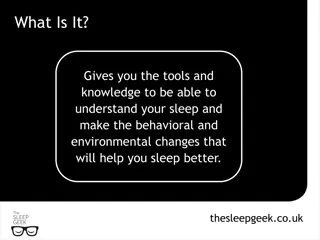Insights into Buddhism: The Three Marks of Reality and Four Noble Truths
Buddhism teaches about the Three Marks of Reality - impermanence, no permanent identity, and suffering, along with the Four Noble Truths - the existence, cause, end, and the path to release from suffering. These teachings offer profound insights on embracing change, letting go of attachments, and finding liberation from suffering through wisdom and understanding desires.
Download Presentation

Please find below an Image/Link to download the presentation.
The content on the website is provided AS IS for your information and personal use only. It may not be sold, licensed, or shared on other websites without obtaining consent from the author. Download presentation by click this link. If you encounter any issues during the download, it is possible that the publisher has removed the file from their server.
E N D
Presentation Transcript
Buddhism Three Marks on Reality Change, No Permanent Identity, Suffering
Change Buddha recommended that we look at life as it really is. Life is constantly changing or impermanent We are surprised by change, and pained by it because we do not expect it. However the fact is that nothing we experience in life ever remains the same. (ex: we get used to friends, family, our car, neighborhood but all are changing gradually- we only notice over time).
Buddha's thoughts on Change The wise person expects change, accepts it, and even savors it. The wise person might also reflect that just as pleasure do not last forever, neither do sorrows.
No Permanent Identity As each person and thing is constantly changing but are made up of parts that are constantly changing as well. Buddha refused to accept the Hindu notion of atman (notion of timeless unchanging reality)
Suffering- Duhkha, Dukkha Life when lived conventionally, can never be fully satisfying because of its inescapable change. Pleasure is fleeting (ex: pay bills, to know that more will come) No person can escape suffering, but each person can decide how to respond to it.
Four Noble Truths 1. Suffering Exists 2. Suffering has a cause 3. Suffering has an end 4. There is a way to attain release from suffering ( to follow the eightfold path)
First Noble Truth: To live is to Suffer To live means to experience anxiety, loss, and sometimes even anguish. If we recognize why suffering comes about then we can lessen it.
Second Noble Truth: Suffering Comes from Desire Trishna: desire, thirst, craving- an addiction and fear of loss What is a desire? Desire is insatiable the result is discontent, dissatisfaction and sometimes misery.
The Third Noble Truth: To end suffering, end desire This truth goes against modern western notions. (Western tendency is to strain to achieve every imaginable desire) This worldview values individuals membership in the group- a view of self more common, traditionally in tribal and Asian cultures. Essentially, I cannot change the outside world, but I can change myself and the way I experience the world.
Fourth Noble Truth: Release form suffering is possible and can be attained by following the Noble Eightfold Path Ultimate goal is nirvana: meaning an end of suffering, inner peace, and liberation from limitations of the world. Nirvana ends karma and rebirth after the present life. So how do we do this?
The Noble Eightfold Path The way to inner peace The eight steps of the path form a program that Buddha taught will lead us to liberation from the impermanence and suffering of reality.
Look within. Be still. Free from fear and attachment, Know the sweet joy of the way - The Dhammapada
